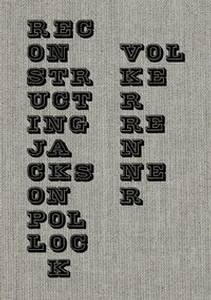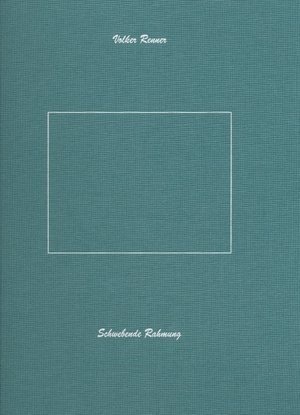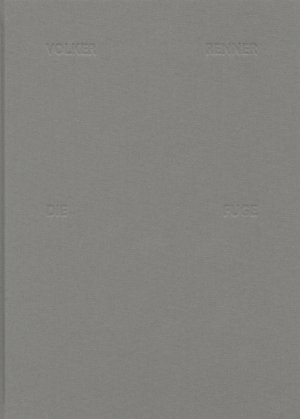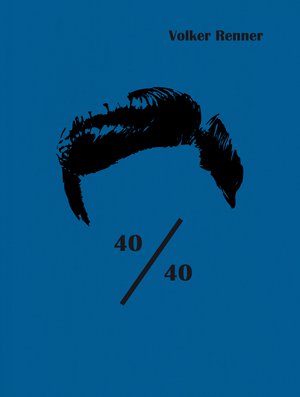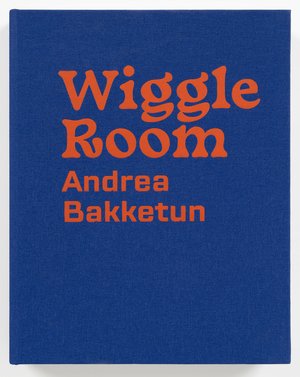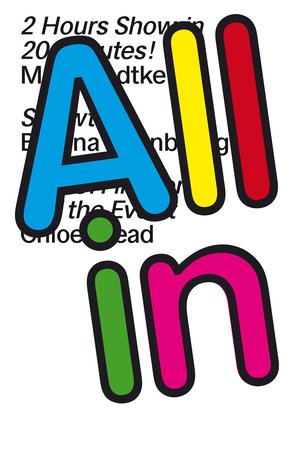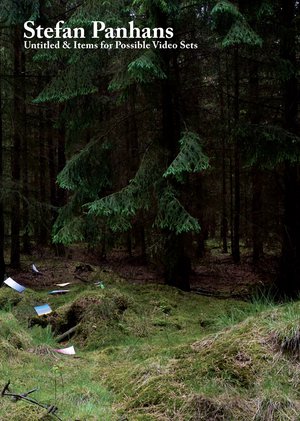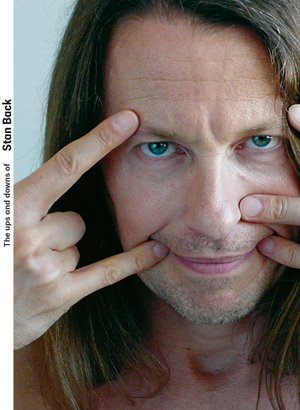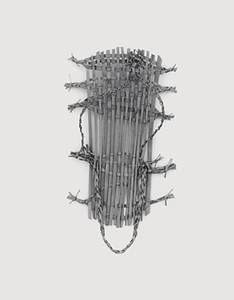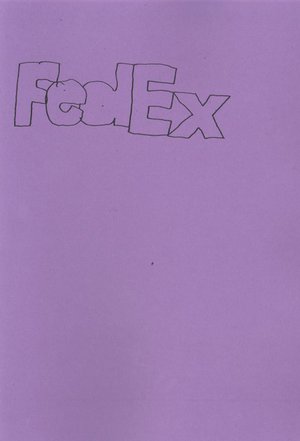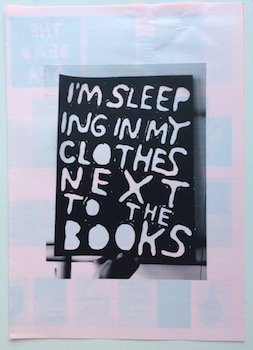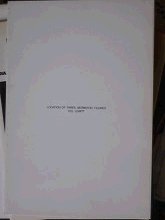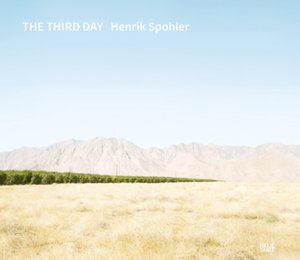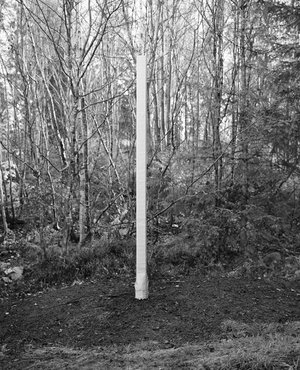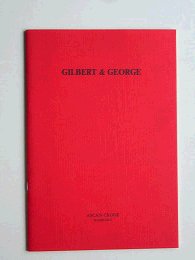Publisher Note english german
Created in 1952, Jackson Pollock’s “Convergence” is one of the American artist’s most famous drip paintings. It first came out as a jigsaw puzzle in 1964. Then one of the world’s most difficult puzzles at a mere 340 pieces, it has sold more than 100,000 copies over the decades. Today’s puzzle devotees have the choice of a 1000-piece edition that would seem to make defeat inevitable. Or would it? Give it a shot and you’ll begin to feel the puzzle’s appeal, but you’ll also grasp the unusual challenge it poses: you’ll spot five matching pieces on a good day and not a single one on a bad day—the picture is just too jumbled, the details too apparently unconnected. On amazon.com, one reviewer warns would-be buyers: “May lead to insanity in previously sane people; may bring sanity to previously insane people.” Perhaps the puzzle might have helped Jackson Pollock cope with his mental health issues? More likely, however, it’ll drive previously well-adjusted puzzlers mad and acquaint them with utter futility. What’s certain is that it’ll teach them to look hard: painstaking comparison of the reproduction’s different layers is the only way to solve the riddle. With his new artist’s book, Volker Renner offers a training course in such “comparative seeing.” For “Reconstructing Jackson Pollock,” the artist placed each individual piece of the puzzle on a canvas and took its photograph. Instead of assembling the pieces, he has arranged them in the format that is characteristic of his approach more generally: the sequence. This makes the pieces not only pictures but also a metaphor for photography itself: a photograph never represents more than a segment of the larger totality of reality, and how it relates to other such segments is a question that fuels ongoing debates but—like the Pollock puzzle—is never definitively resolved.
„Reconstructing Jackson Pollock“
Jackson Pollocks „Convergence“ aus dem Jahr 1952 zählt zu den berühmtesten Drip Paintings des amerikanischen Malers. 1964 wurde es zum ersten Mal als Puzzle verlegt und seitdem mehrere 100.000 Mal verkauft. Schon damals zählte es zu den schwersten Puzzles der Welt, obwohl es nur aus 340 Teilen bestand. Heute wird es als 1000-Teile-Puzzle angeboten, sodass das Scheitern vorprogrammiert zu sein scheint. Oder nicht? Ein Selbstversuch zeigt, worin der Reiz, aber auch die Krux des Puzzles liegt: An guten Tagen findet man fünf passende Teile, an schlechten kein einziges, so verworren ist das Motiv, so zusammenhanglos wirken die Ausschnitte. Ein Rezensent auf amazon.com schreibt als Warnung: „May lead to insanity in previously sane people; may bring sanity to previously insane people.“ Vielleicht hätte das Puzzle Jackson Pollock bei seinen psychischen Problemen geholfen? Wahrscheinlicher ist jedoch, dass bisher unauffällige Puzzler in den Wahnsinn getrieben werden und das Scheitern kennenlernen. Ganz sicher aber lernt man genaues Sehen, denn nur in dem Vergleich der verschiedenen Ebenen der Reproduktion liegt die Chance, das Rätsel zu lösen. Dieses sogenannte „vergleichende Sehen“ schult auch die Betrachtung des Künstlerbuchs von Volker Renner. Für das Buch „Reconstructing Jackson Pollock“ hat der Künstler jedes einzelne Puzzle-Teil auf Leinwand fotografiert und in eine Abfolge gebracht. Statt die Teile des Puzzles zusammenzusetzen, bringt er sie in die für seine Arbeitsweise charakteristische Form der Serie. Die Teile werden dadurch nicht nur zu einem Bild, sondern auch zu einer Metapher für die Fotografie. Denn ein Foto stellt immer nur einen Ausschnitt aus der Wirklichkeit als Ganzer dar, deren Verhältnis zueinander viel diskutiert, aber letztlich ungelöst bleibt – wie das Pollock-Puzzle.
| Publisher | |
|---|---|
| Release Place | Hamburg, Germany |
| Edition | 1st edition |
| Release Date | 2018 |
| Credits |
Artist:
|
| Printrun | 500 |
| Identifiers |
ISBN-13:
9783864851940
|
| Original Price | 36.00 EUR |
| Object | |
|---|---|
| Dimensions | 12.0 × 17.0 cm |
| Interior | |
|---|---|
| Pages | 1008 |
| Technique | Offset |
